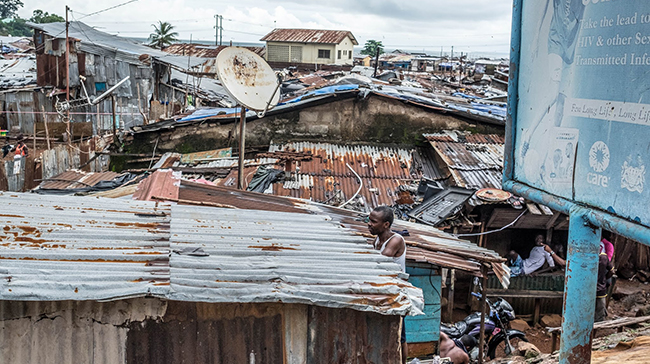
Why Assess?
Assessing needs—and the assets in different sectors—helps inform the collaborative planning and action to follow.
Key Questions to Consider
-
- What is the current situation? (What trends can be seen in key indicators of health, wellbeing, and sustainable development?)
- Who is affected by these issues, where, how, and to what extent?
- What information will be gathered and reviewed to help choose the priority goal(s) to be addressed?
- What evidence will be used to justify the choice of a priority goal, including marked differences in outcomes for particular groups?
- What determinants produce marked differences in outcomes (inequities) for particular groups?
- What resources and assets—in participating sectors—can help address the priority goal(s)?
Some Recommended Actions
- __ Gather information to help choose the priority health and development goal(s). Including:
- Existing data sources on population/local-level outcomes; look for where there are marked differences in outcomes for particular groups in particular places (e.g., related to race/ethnicity, income/poverty, gender, and/or where people live)
- Additional quantitative data (e.g., surveys, observation, small area analysis)
- Qualitative data (e.g., interviews, listening sessions, focus groups)
- __ State evidence justifying the choice of the priority goal(s), including:
- Country/Community-level indicators showing the size of the problem (e.g., rate of communicable diseases, infant deaths)
- How frequently the problem (or related behavior) occurs (e.g., number of particular disease category reported/confirmed in the past 30 days)
- The marked differences in outcomes related to particular groups or places (i.e., race/ethnicity, income/poverty, gender, and/or where people live
- __ Identify social determinants that produce marked differences in outcomes (inequities) for particular groups (e.g., related to race/ethnicity, income/poverty), including:
- Differential exposures and opportunities (e.g., to stress, support networks)
- Differential vulnerabilities and capabilities (e.g., education)
- Differential consequences (e.g., access to quality services, discrimination)
- __ Describe what relevant resources and assets are available in participating sectors, and how intersectoral action can use those resources to address the priority goal(s).
Assessment Example
- Assessment Using the COMBI Plan to Control Dengue Fever in the Seychelles
- Assessment and Surveillance Approaches Used to Track New Cases of COVID-19 in Kenya
Resources to Help You Assess
Tools from the Community Tool Box
Toolkit: Assessing Community Needs and Resources
Chapter 3: Assessing Community Needs and Resources
Tools from WHO and Other Sources
Urban Heart: Urban Health Equity Assessment and Response Tool: User Manual
Rapid Assessment and Action Planning Process (RAAPP)
Early detection, assessment and response to acute public health events